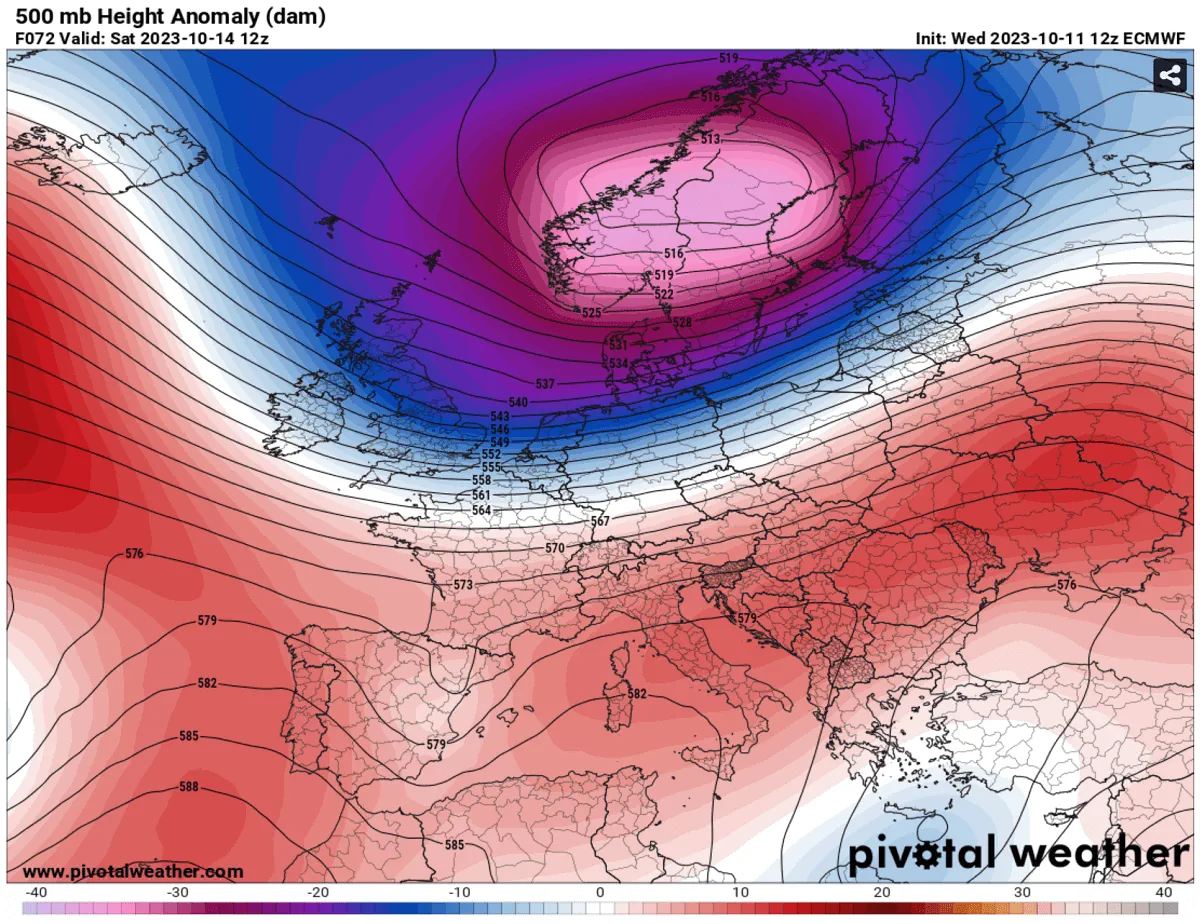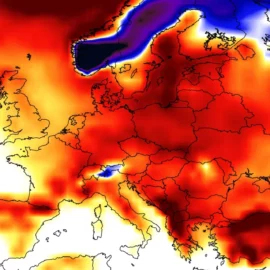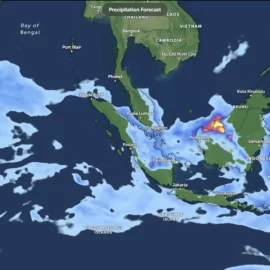
Extreme Weather Hits Europe: Early Snowfall, Torrential Rains, and a Dramatic Temperature Drop
As the world grapples with the increasingly unpredictable impacts of climate change, the recent weather events unfolding across Europe serve as a stark reminder of the profound and often disruptive changes our planet is undergoing. The continent has been hit by an abrupt and dramatic weather shift, characterized by a collapse of the heat dome that had previously blanketed the region.
Extreme Weather Hits Europe: Early Snowfall, Torrential Rains, and a Dramatic Temperature Drop#WeatherForecast #snow #flood #EU pic.twitter.com/myy0dVf3ya
— City Weather (@ukcityweather) September 15, 2024
This shift has ushered in a completely different set of weather conditions, catching many by surprise and posing significant challenges for both individuals and communities across Europe. The most striking developments include early snowfall, torrential rainfall, and a sudden and severe cold blast - a stark contrast to the scorching heat that had dominated the region just weeks prior.
The collapse of the heat dome, which had been responsible for the prolonged period of high temperatures, has set the stage for this dramatic weather turnaround. As the high-pressure system that had been trapping hot air dissipated, it allowed for the intrusion of colder, wetter air masses from the north and west. This rapid transition has resulted in a series of extreme weather events that have already begun to impact daily life and disrupt essential infrastructure across the continent.
One of the most notable impacts has been the early arrival of snowfall in several regions, including areas that would typically not see such wintry conditions until much later in the year. Countries such as Germany, Austria, and Switzerland have reported the accumulation of significant snow cover, with some areas seeing their first significant snowfall of the season several weeks earlier than normal. This unexpected early onset of winter weather has led to disruptions in transportation, power outages, and challenges for agricultural and outdoor activities.
Alongside the snowfall, torrential rainfall has also plagued various parts of Europe, leading to flash flooding, landslides, and infrastructure damage. The rapid shift from a heat dome to a deluge of precipitation has caught many communities off-guard, and emergency services have been working tirelessly to respond to the widespread flooding and water-related incidents.
Furthermore, the abrupt temperature drop following the collapse of the heat dome has resulted in a significant cold blast sweeping across the continent. Temperatures that were once soaring have plummeted, leaving many people unprepared for the sudden and dramatic shift in weather conditions. This sudden chill has impacted energy supplies, as increased demand for heating has strained power grids, and has also posed challenges for agriculture, as farmers race to protect their crops from the unexpected cold.
As the European continent grapples with these extreme weather events, it is clear that the impacts of climate change are becoming increasingly severe and unpredictable. The rapid transition from a heat dome to a winter-like scenario serves as a stark reminder of the need for comprehensive and proactive measures to address the root causes of climate change and build resilience within our communities.
Governments, policymakers, and citizens alike must come together to address the underlying factors contributing to these extreme weather patterns, and to implement strategies that can help mitigate the risk and impact of future climate-related disasters. This may involve investments in renewable energy, improved infrastructure, and the development of early warning systems to better prepare for and respond to the evolving climate challenges.
Founder and chief forecaster of the Pogodnik service. He has many years of experience in the meteorological service. He is the author of numerous scientific publications and popular articles about the weather.




